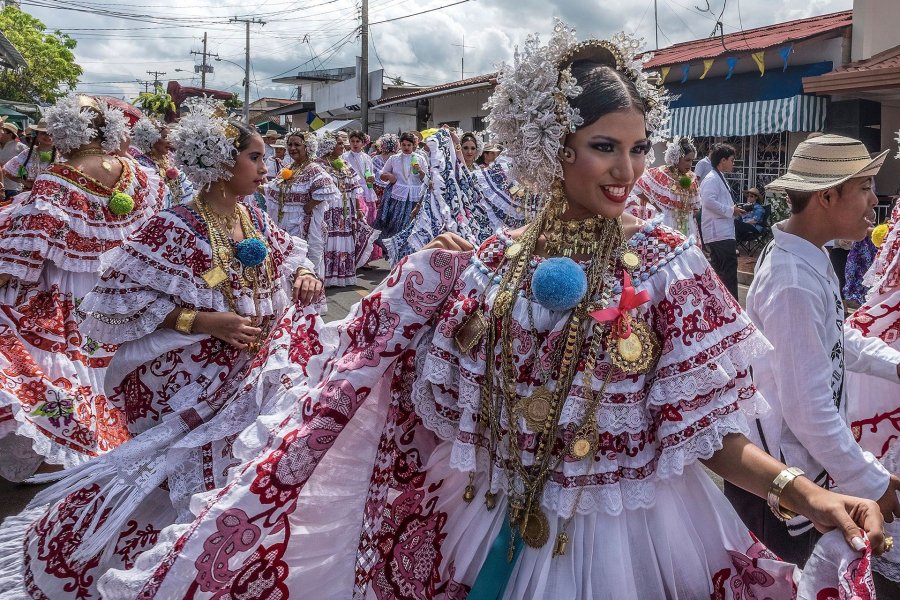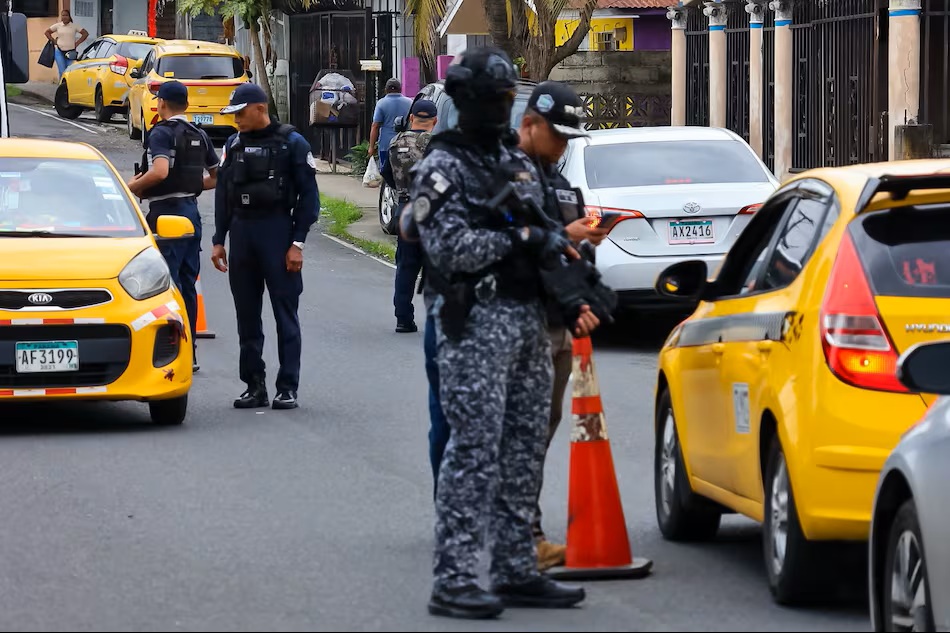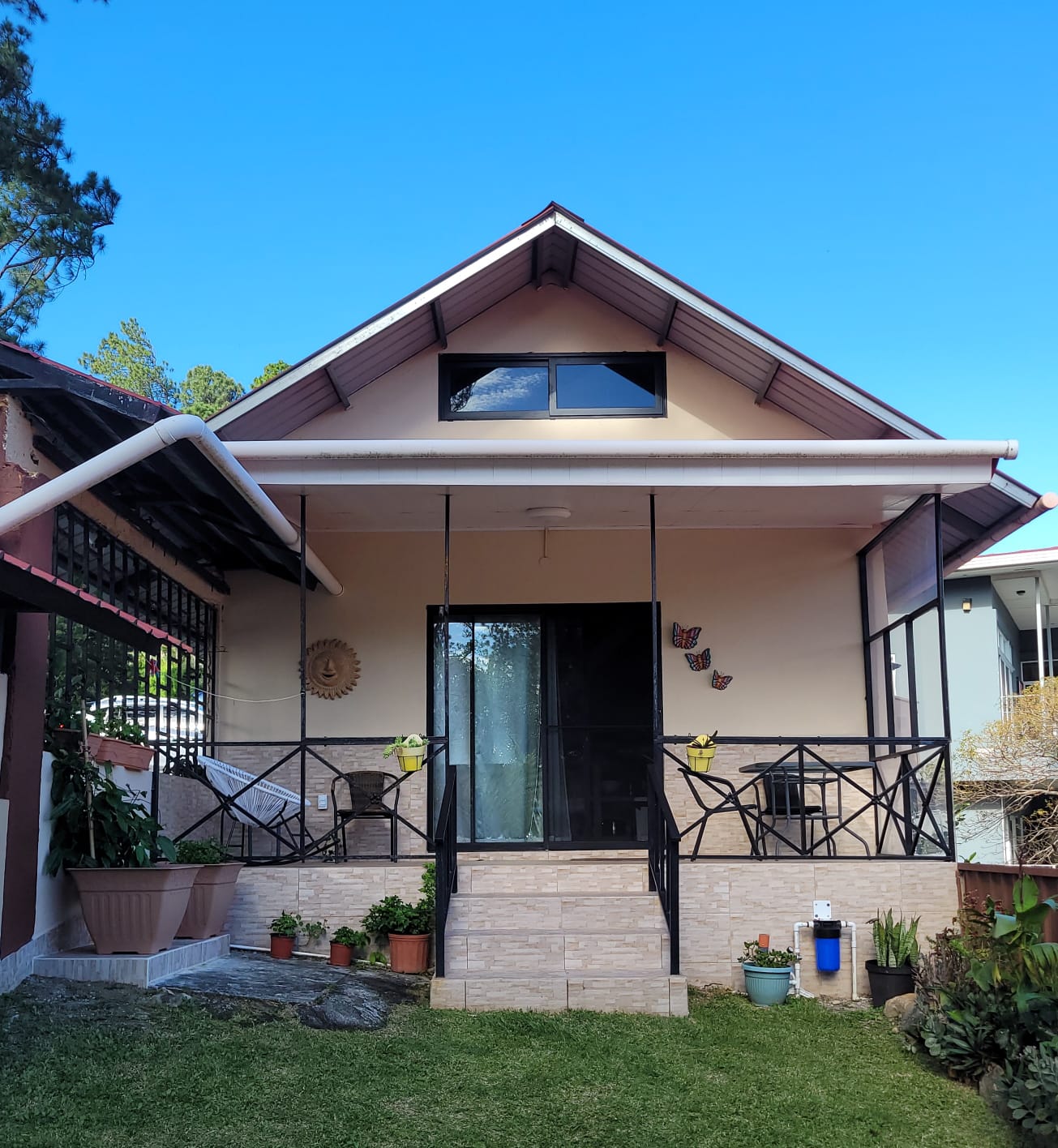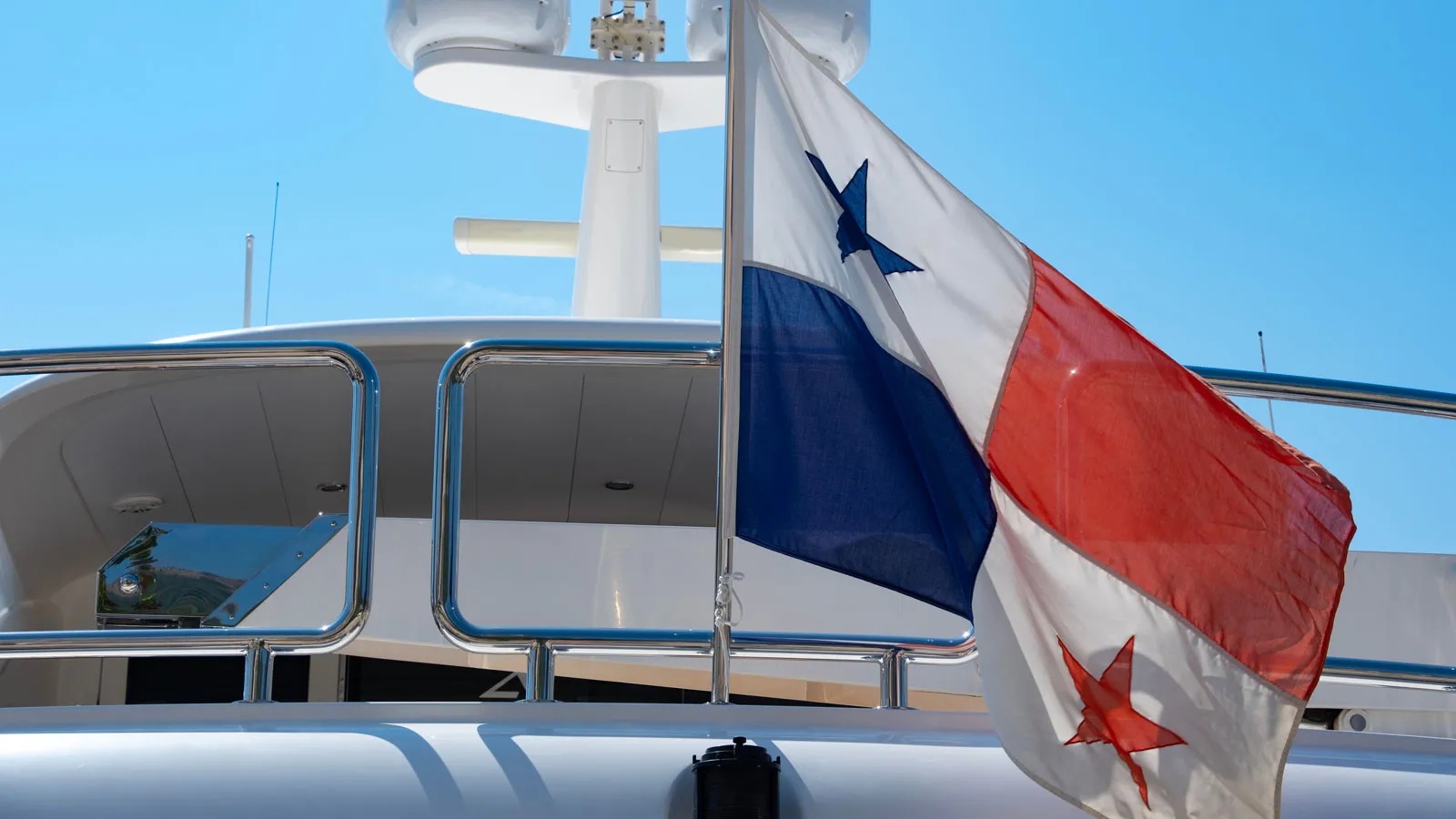7 Surprising Cultural Mosaics Tourists Discover in Panama

Panama’s reputation as merely a passageway between oceans understates its rich cultural tapestry. Beyond the engineering marvel of its canal, this Central American nation harbors a diversity of cultural influences that often surprise first-time visitors.
From colonial Spanish architecture to vibrant indigenous traditions, Panama’s heritage reflects centuries of global interchange and migration.
The Unexpected Asian Influence in Panama City
Tourists often find it surprising to discover the significant Asian cultural ties that surround Panama City. The 19th-century railroad construction established a Chinese community in Panama City, which now dominates the capital region. The residents of El Dorado and Calidonia can find authentic Chinese tea houses and traditional game halls with mahjong socializing spaces where locals meet while enjoying this strategic tile game with both Chinese-Panamanians and area residents.
While many Panamanians of Chinese descent maintain these physical gathering spaces to preserve their heritage, a growing number are embracing modern technology to enjoy their traditional games. Online platforms like Mahjong365 offer the authentic 4-player style with proper rules rather than simplified puzzle versions, allowing players to compete in real-time matches without geographic limitations. For Panama’s busy professionals who can’t always make it to traditional game halls, these digital venues provide convenience while maintaining the strategic depth and social aspects that make mahjong an enduring cultural touchstone.
Afro-Caribbean Rhythms of the Atlantic Coast
Traveling to Panama’s Atlantic coast reveals a different cultural surprise altogether. The cities of Colón and Portobelo present opposite cultural influences because they feature Afro-Caribbean traditions, unlike the Spanish-regulated Pacific coastal areas. The Congo dance tradition is recognized by UNESCO as Intangible Cultural Heritage because it demonstrates the strong-heartedness of people with African roots who descended from enslaved ancestors.
During carnival season, performers don vibrant black and red costumes, with women wearing colorful pollera skirts that swirl dramatically during performances. The accompanying drumbeats and call-and-response songs maintain connections to West African traditions while incorporating uniquely Panamanian elements.
The Hindu Temple Hidden in Plain Sight
Panama City surprises its guests by hosting the Shri Radha Krishna Mandir, which symbolizes the Filipino community in Panama. The compact religious community survives with its original customs while adding to Panama’s multiracial character. During major Hindu festivals like Diwali, the temple becomes a center of activity, with colorful ceremonies that occasionally attract curious local Panamanians. The community’s history started mainly during the mid-20th century, thus establishing another ethnic connection in Panama’s multicultural heritage.
Jewish Heritage and the Unexpected Synagogues
Panama’s Jewish community, though relatively small, maintains a significant cultural presence that often surprises visitors. Established synagogues like Kol Shearith Israel in Panama City reflect architectural elements that blend tropical design with traditional Jewish motifs. The community traces its roots to Sephardic Jews who arrived from the Caribbean and Europe in the late 19th century, followed by Ashkenazi Jews fleeing persecution in the early 20th century.
Today, Panama hosts one of Central America’s most active Jewish communities, with kosher restaurants and cultural centers that preserve this heritage while participating in the broader Panamanian society.
Indigenous Communities Beyond the Tourist Trail
While many tourists encounter commercialized versions of indigenous culture, few venture into authentic indigenous territories like the Emberá-Wounaan Comarca or Guna Yala. These semi-autonomous regions preserve distinct languages, governance systems, and artistic traditions.
The Guna people, for example, continue creating intricate mola textiles—geometric designs with symbolic meanings that have gained international recognition. What surprises many visitors is the communities’ ability to maintain traditional practices while selectively adopting modern technologies, creating a unique cultural equilibrium rarely seen elsewhere in the Americas.
The Forgotten French Legacy
France’s failed attempt to build the Panama Canal in the late 19th century left behind more than abandoned equipment. A distinctive architectural influence persists in certain areas, particularly in neighborhoods like Bella Vista, where buildings display characteristic French balconies and decorative elements.
French culinary influences merged with local traditions to create distinctive fusion dishes. The annual French Film Festival in Panama City continues celebrating this historical connection, attracting audiences interested in contemporary French cinema and the historical relationship between the two countries.
Arab Contributions to Panama’s Cultural Landscape
Those visiting Panama regularly discover the vibrant Arab population as one of the most surprising elements about the nation. Lebanese Syrian and Palestinian immigrants settled in Panama throughout the late 19th century to form businesses and smoothly absorb into Panamanian society throughout the following years while protecting parts of their traditional cultural customs. The Arab cultural presence in Panama today manifests itself through their food businesses that have spread their traditional restaurants all across urban areas.
Traditional markets featuring Arab foods and decorations emerge during Ramadan to support the preservation of heritage traditions for Panamanian children through language classes and cultural events. Panamanian business activities show a major impact from the Arab community because first-generation Arab immigrants have achieved key leadership positions in national economic development.





